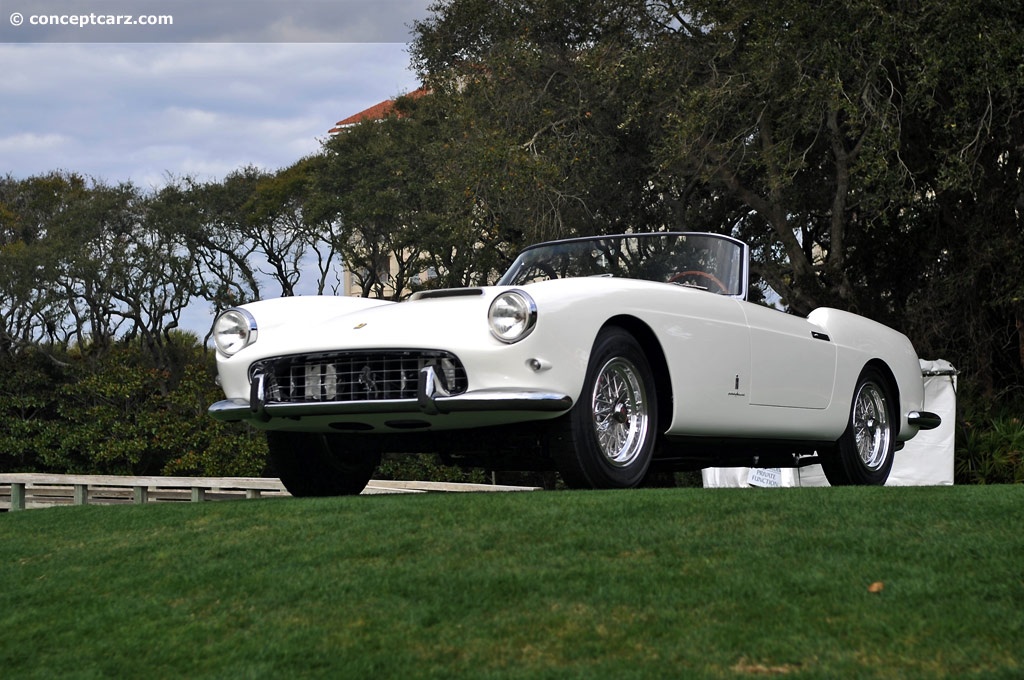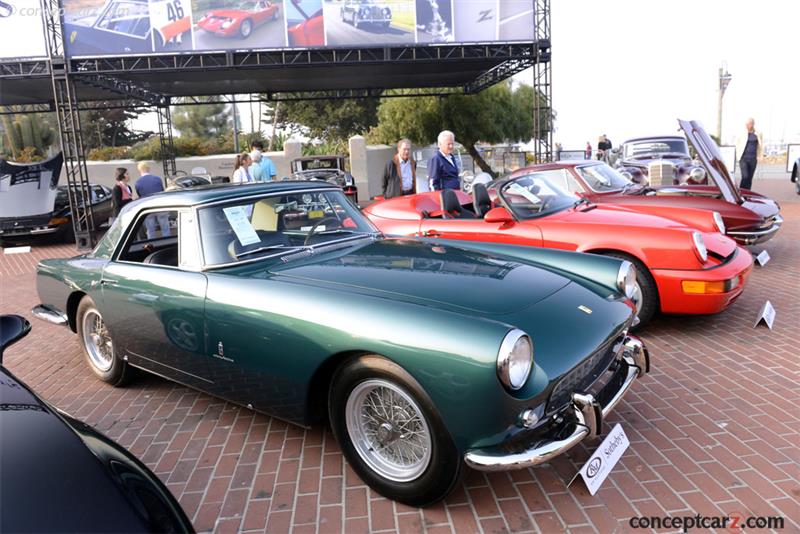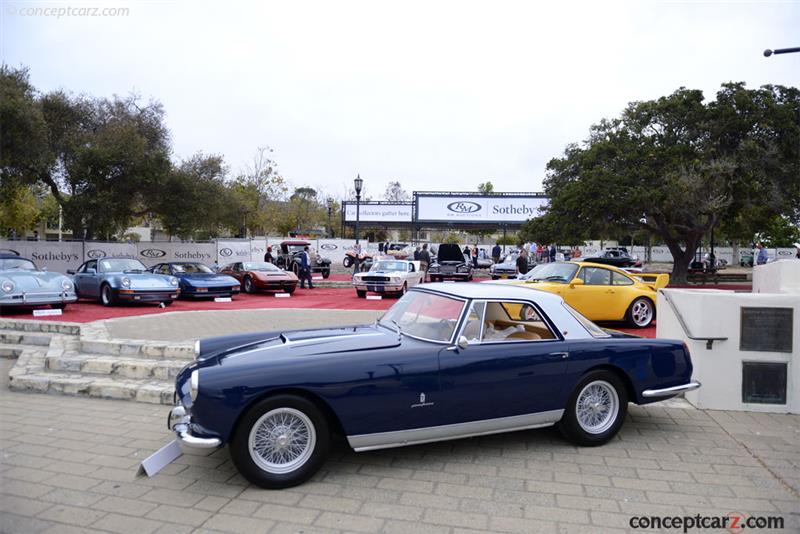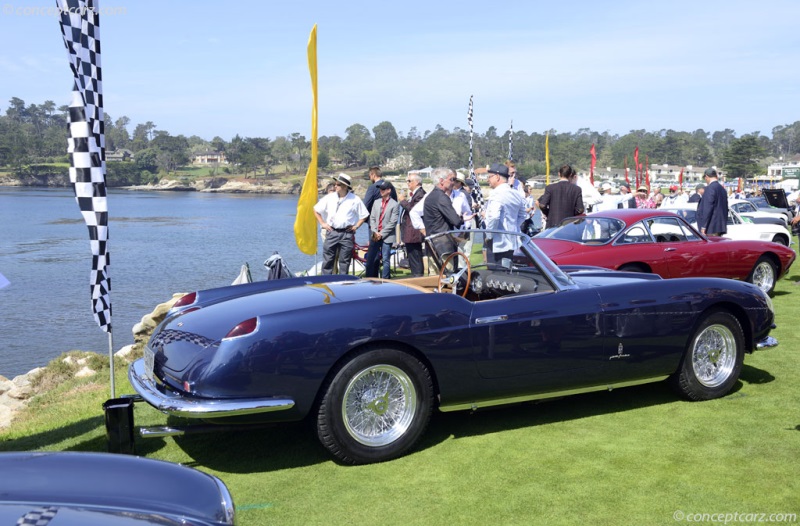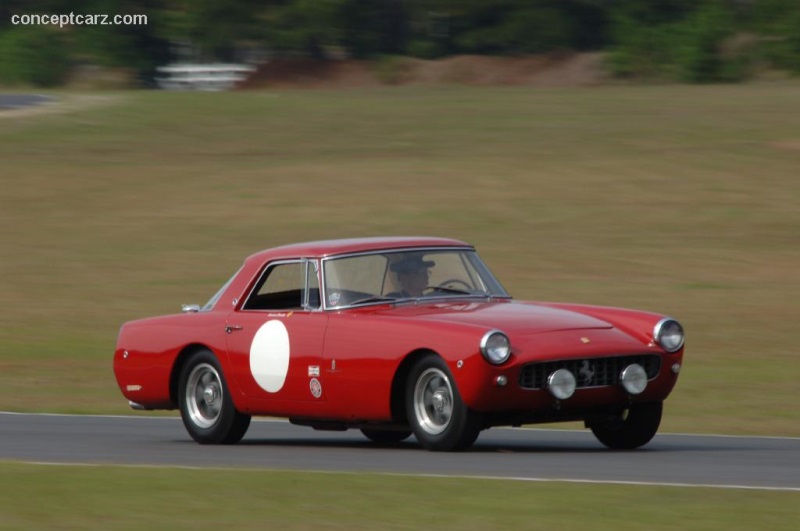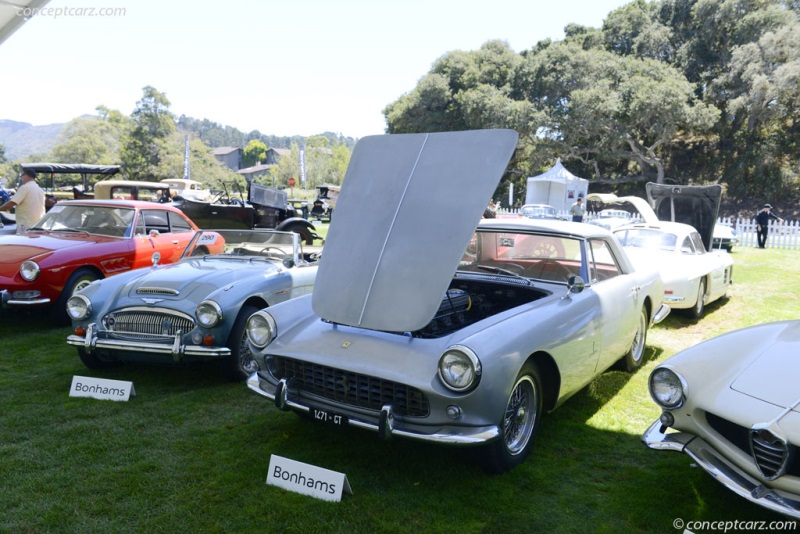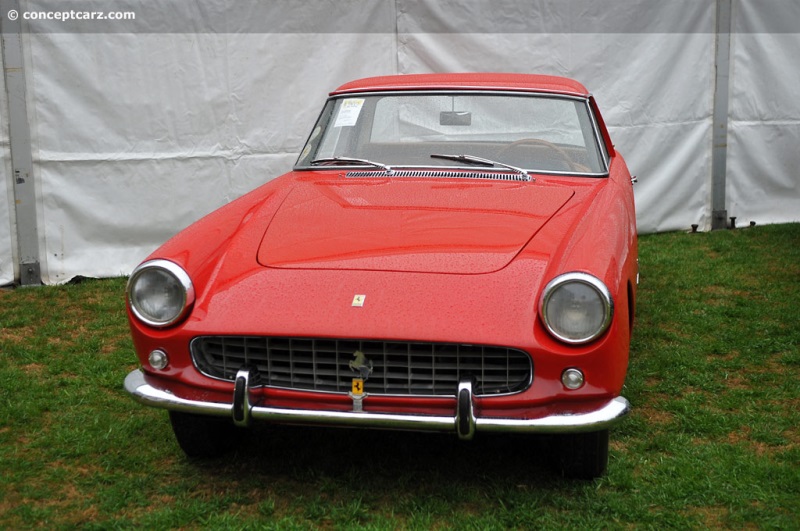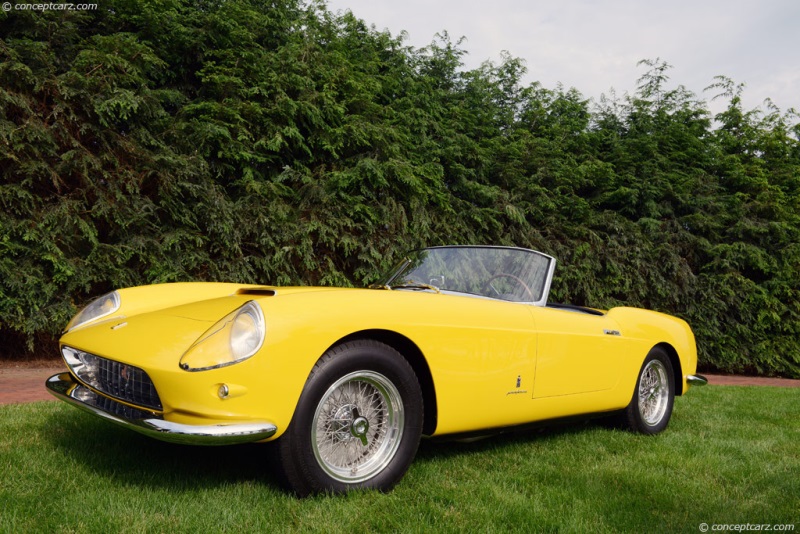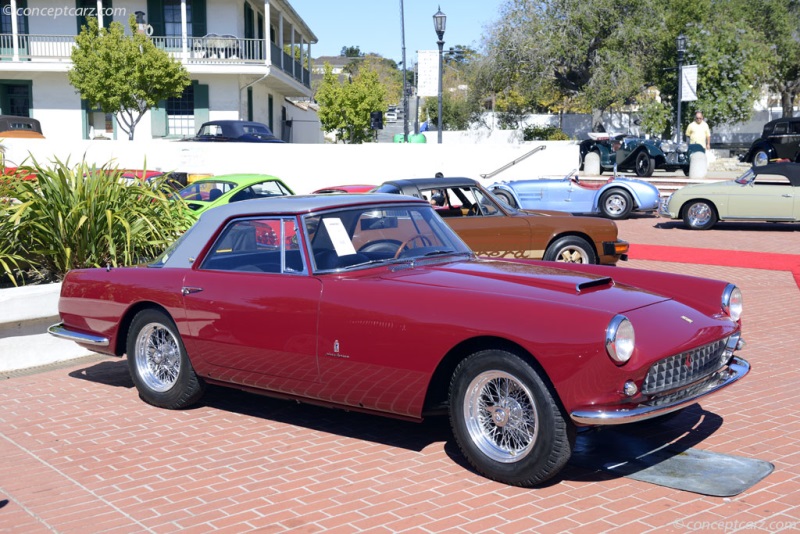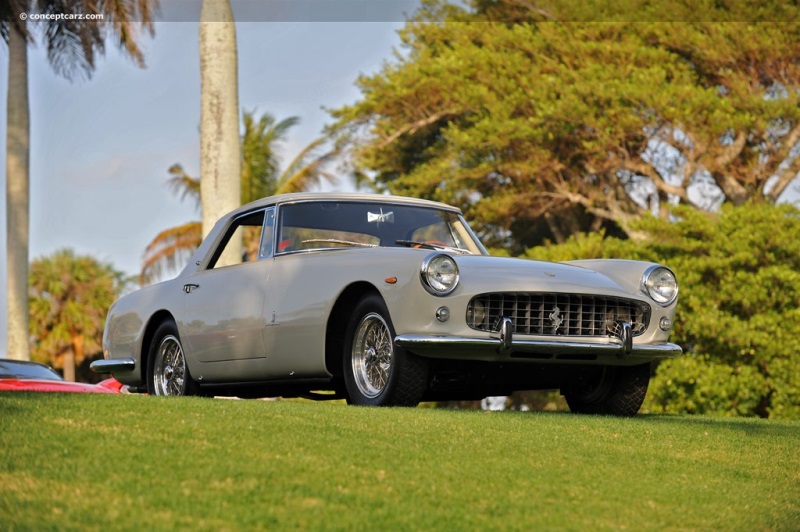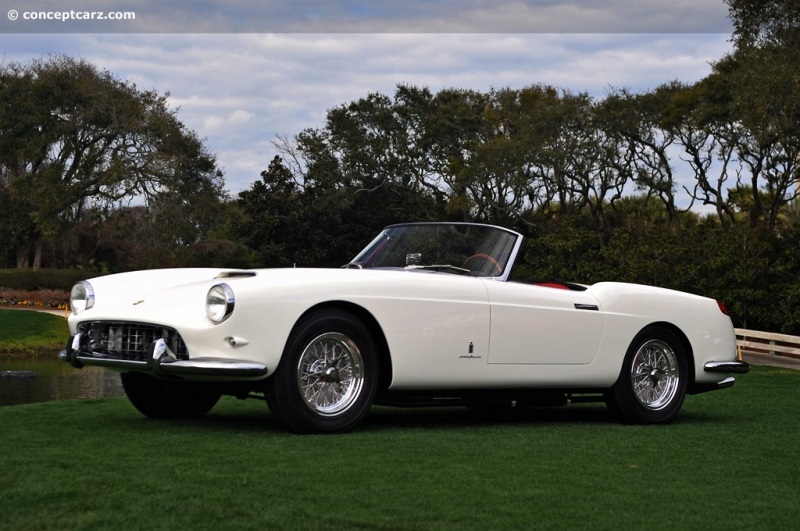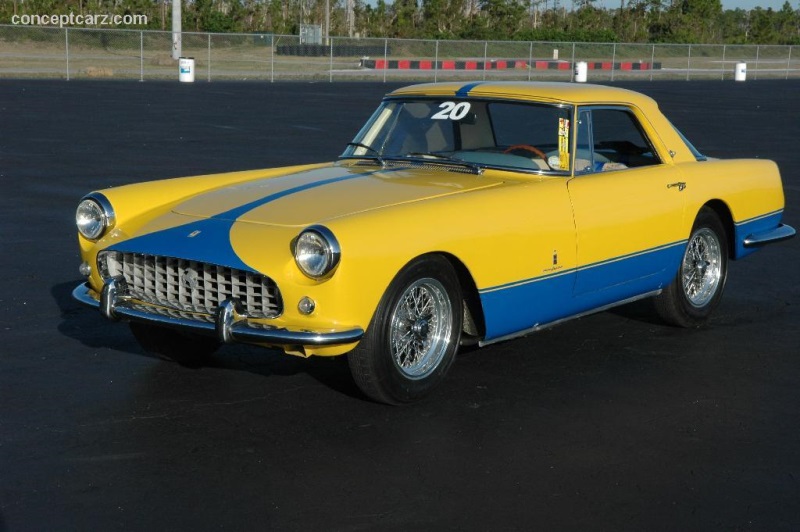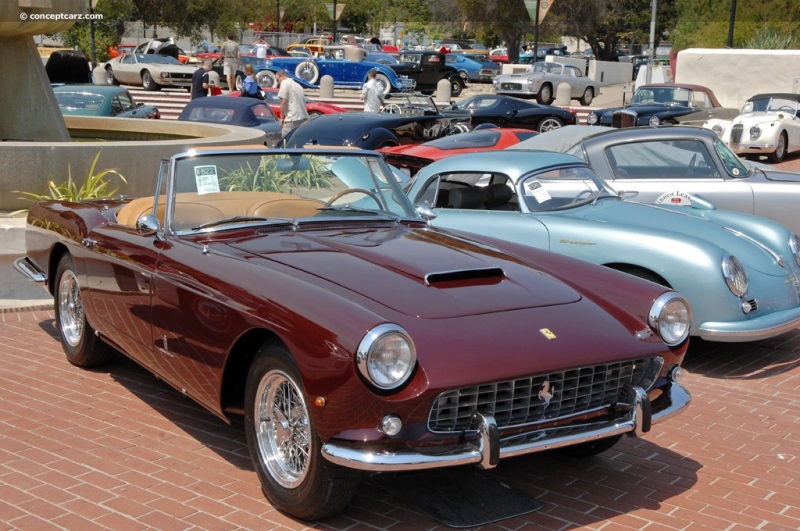1959 Ferrari 250 GT Navigation
- 1959 Ferrari 250 GT Menu
- Article
- Image gallery
- Valuation
- Specifications
- Profiles
- Production figures
Ferrari
Similar Vehicles
Similar Automakers
Similarly Sized Vehicles
from 1959
1959 Ferrari 250 GT Vehicle Profiles
Recent Vehicle Additions
Performance and Specification Comparison
Price Comparison
250 GT Series I Specification Comparison by Year
Year
Production
Wheelbase
Engine
Prices
Related Automotive News

The Quintessential Gentleman's Lineup of Italian Sports Cars Coming to The Pebble Beach Auctions Presented by Gooding & Company
Highlights Include the 1959 Ferrari 250 GT Series I Cabriolet, the 1956 Maserati A6G54 Berlinetta, and the 1954 Ferrari 500 Mondial Series I
SANTA MONICA, Calif. (July 7, 2017) – Gooding %26 Company, the official auction house of the Pebble...

Show-Quality, Coachbuilt Italian Exotics, Including Zagato-Bodied Maserati A6G/54 Berlinetta and ex-Emperor Bao Dai Ferrari 410 Superamerica, Announced for Pebble Beach
Gooding %26 Companys Pebble Beach Auctions to feature lineup of concours-level Italian classics from Ferrari, Maserati, Lamborghini, Lancia, and a one-off Serenissima by Ghia.
International auction house Gooding %26 Company has announced...
Pedigreed 500 Mondial Series I Spider, ex-Jo Siffert, Unrestored 275 GTB/4, and Dark Green 365 GTB/4 Daytona Spider Lead Ferrari Offerings at the Amelia Island Auction
Star Ferraris at Gooding %26 Companys Amelia Island Auctions include a 1954 Ferrari 500 Mondial Series I Spider, a garage-find 1967 Ferrari 275 GTB4, and a low-mileage 1972 Ferrari 365 GTB4 Daytona Spider
Gooding %26 Company has announced an...

Pebble Beach Auctions Online Catalogue Now Live; Historic, Unrestored 1962 Ferrari 250 GT SWB Berlinetta Unveiled as Headlining Car
Gooding %26 Company launches its entire online catalogue for the Pebble Beach Auctions, announces a remarkably original 1962 Ferrari 250 GT SWB Berlinetta along major Italian star cars.
Gooding %26 Company, the official auction house of the Pebble...

1962 Ferrari 250 GT SWB California Spider to Lead Gooding & Company's Amelia Island Auctions Alongside Stable of the Finest Ferraris
The star car of the auctions will be a one-off 1962 Ferrari 250 GT SWB California Spider, joined by a 250 GT Tour de France Berlinetta, a 250 MM Vignale Spider, and other examples of Maranellos finest models.
Leading international auction...

Blue-Chip Classics and Legendary 50s and 60s Sports Cars Added to Gooding & Company's Amelia Island Auction
Gooding %26 Company is revving up for its upcoming Amelia Island Auction with a stellar lineup of offerings. The auction house today announced yet another spectacular group of consignments, consisting of iconic sports and racing cars from the 1950s and...
